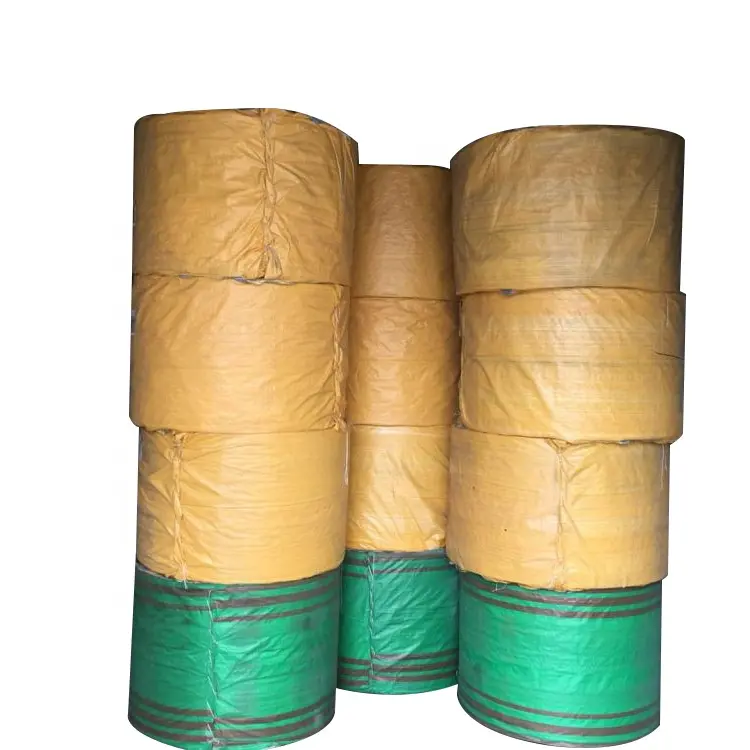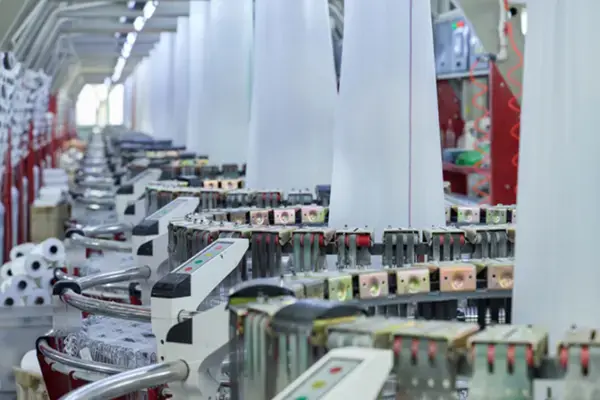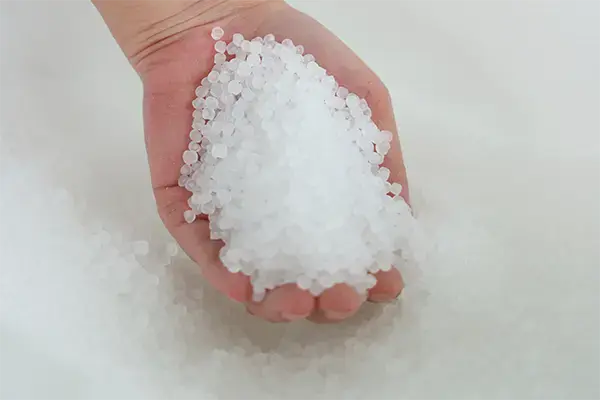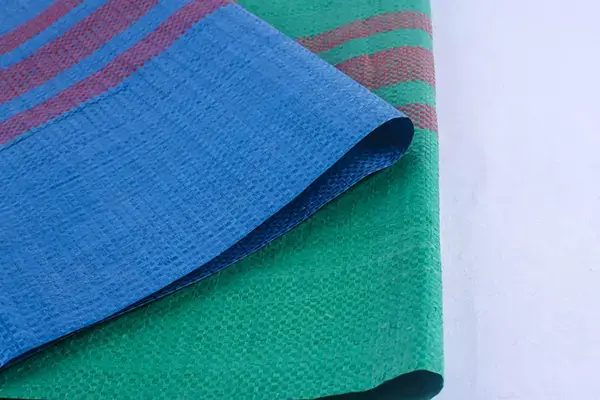I. Understanding Laminated Fabric Rolls:
1.1 Definition:
Laminated fabric rolls refer to a type of textile material that consists of multiple layers bonded together. These layers typically include a woven fabric base, a thermoplastic adhesive layer, and a protective coating. The lamination process involves applying heat and pressure to bond these layers, resulting in a strong and durable composite material.
1.2 Composition:
The composition of laminated fabric rolls can vary depending on the desired characteristics and applications. However, they commonly comprise the following layers:
1.2.1 Woven Fabric Base: The woven fabric base provides the structural integrity and determines the overall appearance of the laminated fabric roll. It can be made from various fibers such as polyester, nylon, or cotton, depending on the desired properties.
1.2.2 Thermoplastic Adhesive Layer: The thermoplastic adhesive layer is responsible for bonding the woven fabric base with the protective coating. It is typically made from materials like polyurethane (PU), polyvinyl chloride (PVC), or ethylene-vinyl acetate (EVA).
1.2.3 Protective Coating: The protective coating layer adds durability, water resistance, and other desired properties to the laminated fabric roll. Common coating materials include polyurethane (PU), acrylic, or silicone.
II. Manufacturing Process of Laminated Fabric Rolls:
2.1 Preparing the Woven Fabric Base:
The manufacturing process begins with selecting the appropriate woven fabric base. The fabric is typically pre-treated to ensure it is clean and free from impurities that could affect the lamination process.
2.2 Applying the Thermoplastic Adhesive Layer:
The selected thermoplastic adhesive is applied to the woven fabric base using various methods such as extrusion coating or hot melt lamination. This step ensures that the adhesive layer is evenly distributed and securely bonded to the fabric.
2.3 Bonding the Protective Coating:
Once the thermoplastic adhesive layer is applied, the protective coating is bonded to the laminated fabric roll using heat and pressure. This step ensures a strong and durable bond between the layers.
2.4 Cooling and Inspection:
After bonding, the laminated fabric rolls are cooled and inspected for quality control purposes. Any defects or imperfections are identified and rectified before the final product is packaged and shipped.
III. Applications of Laminated Fabric Rolls:
3.1 Apparel and Accessories:
Laminated fabric rolls find extensive use in the apparel industry for manufacturing rainwear, outerwear, sportswear, and accessories like bags and backpacks. The protective coating provides water resistance, making these garments ideal for outdoor activities.
3.2 Home Furnishings:
Due to their durability and resistance to stains and spills, laminated fabric rolls are commonly used in home furnishings such as tablecloths, placemats, upholstery, and curtains. They offer an easy-to-clean and long-lasting solution for households.
3.3 Industrial Applications:
Laminated fabric rolls are widely used in various industrial applications, including automotive interiors, healthcare products, protective covers, and filtration systems. The versatility of these materials makes them suitable for a wide range of industrial needs.
IV. Benefits of Laminated Fabric Rolls:
4.1 Durability:
Laminated fabric rolls are known for their exceptional durability, allowing them to withstand frequent use and harsh conditions without losing their integrity.
4.2 Water Resistance:
The protective coating on laminated fabric rolls provides excellent water resistance, making them ideal for outdoor apparel and accessories.
4.3 Easy Maintenance:
Laminated fabric rolls are easy to clean and maintain due to their protective coating, which repels dirt and stains.
4.4 Versatility:
With a wide range of available fabrics, adhesives, and coatings, laminated fabric rolls offer versatility in terms of appearance, functionality, and performance.
Laminated fabric rolls are a versatile and durable material that finds applications across various industries. From apparel and accessories to home furnishings and industrial products, their unique composition and manufacturing process make them an ideal choice for many purposes. Whether you are looking for water-resistant garments or long-lasting upholstery, laminated fabric rolls offer a reliable solution with exceptional performance. Explore the possibilities of this remarkable material and unlock its potential in your next project or product.








